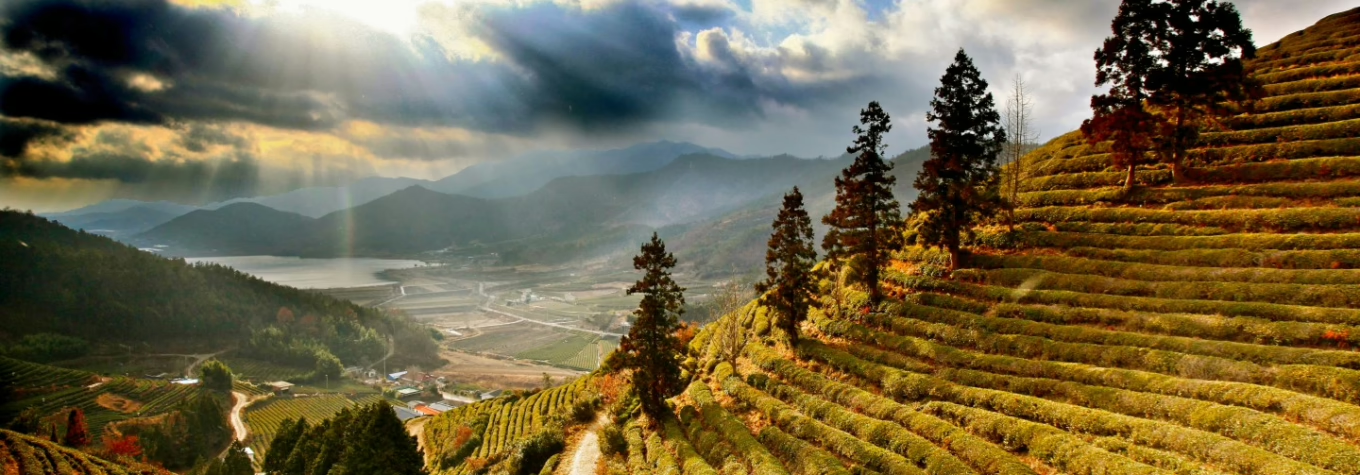The county of Boseong is the spellbinding source of the country’s most coveted green tea
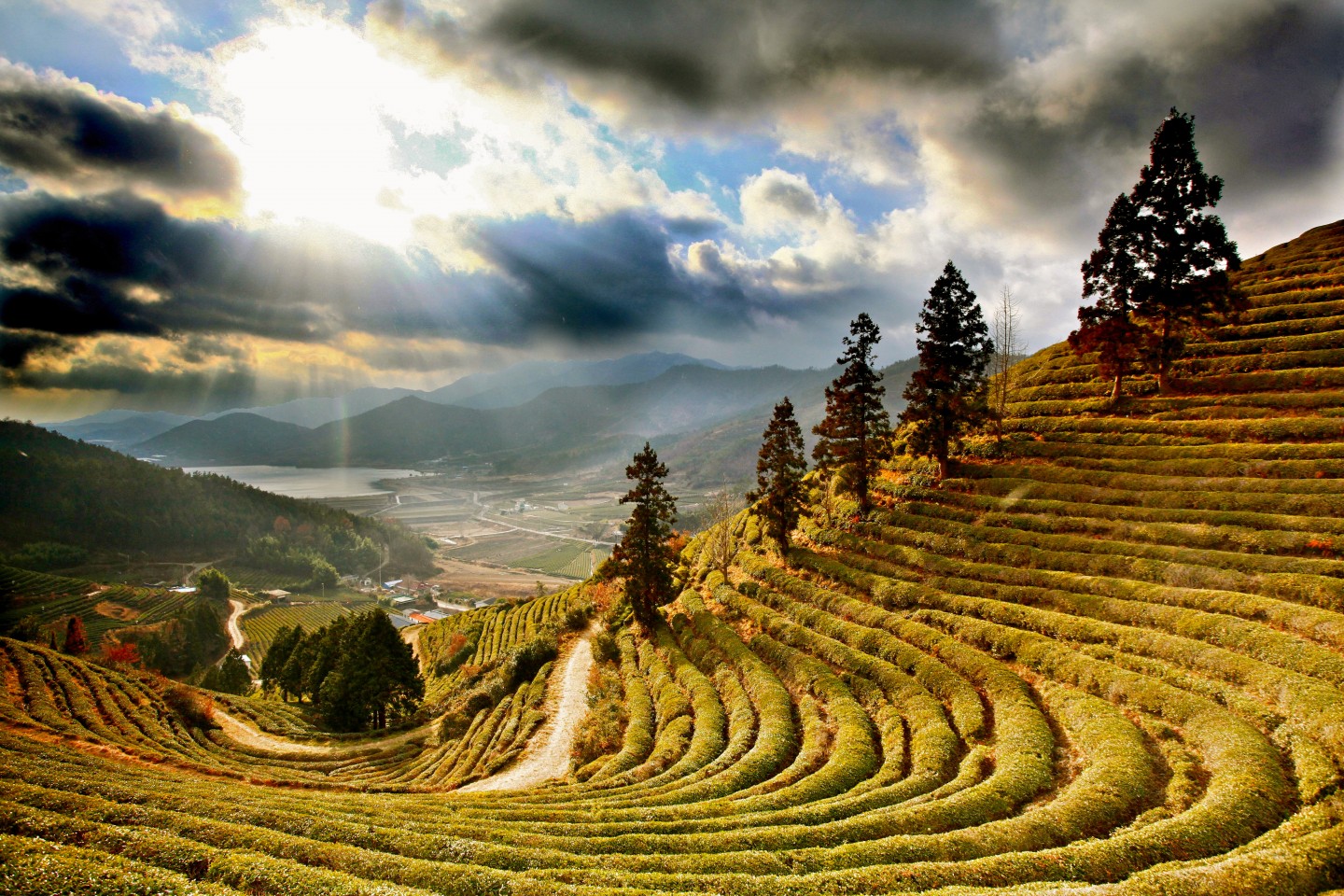
There’s something calming about being in Boseong, South Korea’s green tea capital, which produces some 40 percent of all the tea grown in this country. The charms of this beautiful valley are evident at destinations like the Daehan tea plantation, where manicured lines of tea fields prove a mesmerising sight.
At Daehan, visitors arrive and amble along a row of magnificent cedar trees before emerging at the entrancing tea field territory, where long lines of foliage stretch as far as the eye can see. These rolling green fields in South Jeolla province offer among the most picturesque views in the Korean peninsula and are depicted in many Korean movies and TV shows.
Korea has a long history of growing excellent green tea that dates back more than 2,000 years, when the crop came to the Korean peninsula from China. The first tea plantations were not in Boseong but the nearby Hadong county; those in Boseong were established by the Japanese after an extensive hunt for the best location to grow tea in Korea.
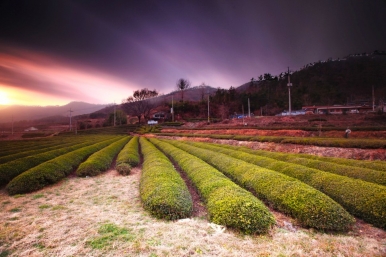
The search finally settled on Mount Hwangseongsan in Boseong due to its clay-based soil and ideal geography. Steep, south-facing slopes ensure the tea hedges secure plenty of sun, without being shaded by other plants. These considerations were complemented by the high level of humidity running along the valley and out to the open sea, especially on mist-shrouded mornings.
In the 1950s, Boseong – which is five hours by expressway from Seoul – came under Korean ownership; today, there are almost 1,000 tea farms here, occupying an area of 10.6 square kilometres.
As the largest producer of green tea in the country, Boseong is famed for its traditional tea culture and its beverages that reputedly boast unique aromas and flavours. The county prides itself on the twin principles of tradition and trust, which combine to create the country’s most valuable tea.
While the Daehan and nearby Botjae plantations serve as the main attraction, there are also smaller, family-run plantations here such as the Bohyang tea plantation, which has been run by the Choi family for four generations. If you visit during the harvesting season, it’s possible to pick green tea leaves in the fields for brewing and drinking on the same day. On other months, take part in tea ceremonies, a
rewarding experience that’s essential to the tea-drinking culture.
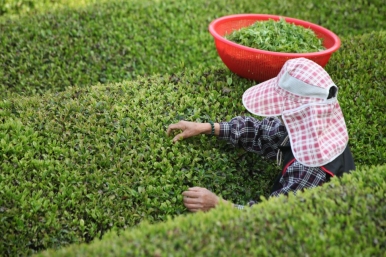
For the Bohyang plantation, the first harvest occurs around early May. Our host, Woo Jung Choi, says the harvesting is preceded by a pruning process to produce fresh tea leaves. Around 20 to 30 farmers carry out the harvesting in fields where tea is handpicked and placed in red containers before being processed. There can be three or even four harvests each year, but leaves of the finest quality are always picked in May.
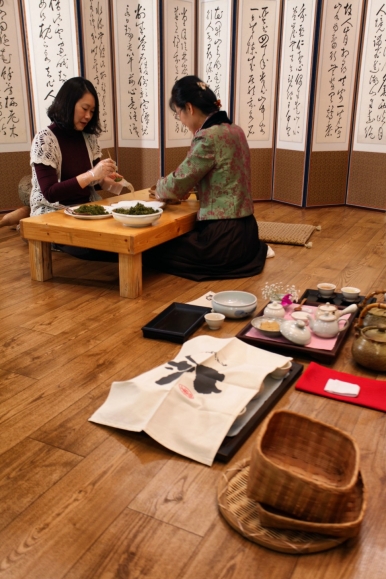
Once harvested, the tea can either be fermented or processed to become consumable green tea. If the leaves are to be used for green tea, they’ll need to be dried out and then bruised by being shaken in trays or baskets. Pestles and mortars can also be used to promote oxidation, which helps to release the juices and enzymes that change the flavour of the tea.
At the Bohyang plantation, Woo Jung says the leaves are rolled together into the shape of rings before being dried and fermented for two years. As the years pass, the tea leaves become darker and taste softer and more nuanced. If allowed to ferment for 25 years, their nutritional value deteriorates but their value continues to rise, she explains.
Carefully demonstrating the proper way of conducting a tea ceremony, Woo Jung reasons that in this age of instant food, the ceremony provides a welcome respite from a frenetic world. The ceremony is about much more than just drinking the tea; it’s also a meditative process meant to soothe the mind and soul.
Impressive attention is showered on the smallest of details, including choosing the perfect wooden saucers to minimise noise when the cup is placed back on the saucer. Flowers on the table create the tranquil feel of a garden sanctuary. The tea is served in three stages to ensure its taste is neither too strong nor too weak.
Another integral part of the ceremony is the wearing of traditional Korean clothes that are of the best quality, so that extra care is taken while pouring the tea to prevent spillage. This slows the whole process, giving it a meditative feel.
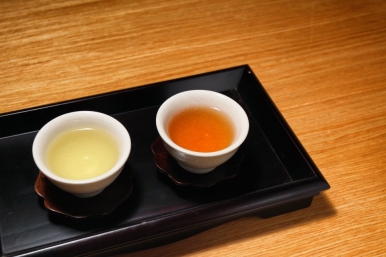
To conclude your visit to Boseong, take time to enjoy the locally grown and brewed tea. If you’re hungry, try the range of delicacies such as tea-infused ice cream or green tea bibimbap (rice with meat and assorted vegetables) at the Daehaen plantation’s cosy restaurant or one of the other nearby establishments.
Some visitors might also relish the experience of a green tea bath with ocean views. The Yulpo Haesu Nogchatang tea spa in the nearby coastal town of Yulpo offers baths where green tea leaves are added to seawater pumped from 120 metres below ground.
For more information on Boseong county and its attractions, including how to get here from Seoul, see: english.boseong.go.kr/index.boseong.
